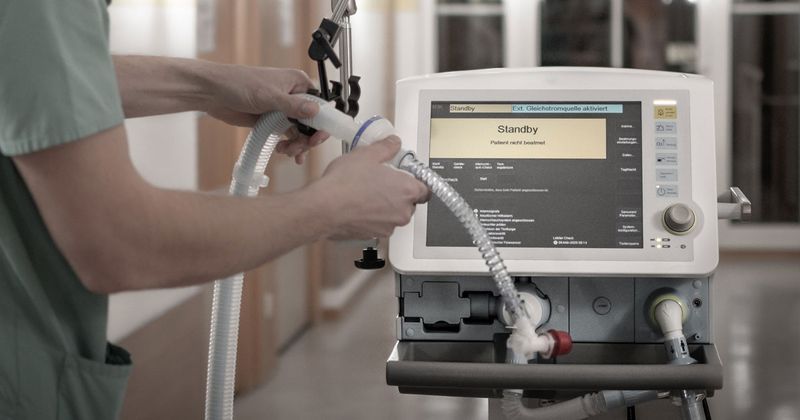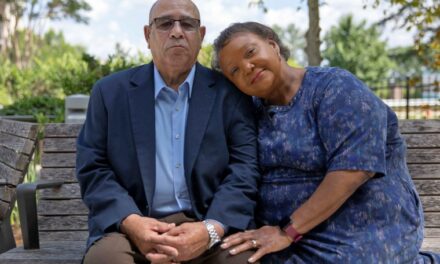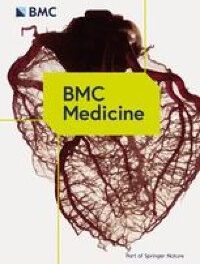July 21, 2023
3 min read
Key takeaways:
- Deaths due to asthma most likely were outside hospitals among residents of Puerto Rico.
- Rates of death from asthma increased with age despite race or ethnicity.
- Each comorbidity increased risk for death by 8%.
Disparities in mortality due to asthma in the United States vary based on whether they occurred in a hospital, ethnicity or race, and age of the patient, according to a letter published in Annals of Allergy, Asthma & Immunology.
These findings indicate a need to improve access to high-quality acute asthma care, Sylvette Nazario Jiménez, MD, assistant professor, allergy-immunology section, internal medicine department, University of Puerto Rico, and colleagues wrote.

Division of Vital Statistics online files from the National Center for Health Statistics included 27,458 deaths caused by asthma between 2011 and 2018 in the United States and Puerto Rico, with 51.9% of these deaths occurring in hospital settings.
Compared with non-Hispanic white patients, non-Hispanic Black patients and Hispanic patients residing in the United States had higher odds for death in hospital settings (P < .05).
Also compared with non-Hispanic white patients, residents of Puerto Rico aged 35 years and younger were 82% more likely to die in non-hospital settings.
Among non-Hispanic Black patients, female patients were 182% more likely and male patients were 203% more likely to die from asthma in hospital settings than non-Hispanic white patients.
After stratification by age and sex, the researchers said, these discrepancies in location of death due to asthma based on race and ethnicity remained consistent except for female residents of Puerto Rico aged 65 years and older, who were 137% more likely to die in a hospital setting than non-Hispanic white women of similar age.
Rates of death due to asthma increased with age regardless of race or ethnicity as well, with higher rates among women than men when aged 35 years and older (P < .05). The researchers attributed this difference to higher prevalence of asthma and morbidity after puberty among female patients compared with male patients.
Among non-Hispanic white patients, there was a shift from greater odds of dying in hospitalized settings when aged younger than 35 years to greater odds of dying in non-hospitalized settings when aged older than 35 years.
Specifically, the age-standardized rate (ASR) for death in a hospitalized setting (ASR = 1.27; 95% CI, 1.16-1.38) was 254% higher than it was for death in non-hospitalized settings (ASR = 0.5; 95% CI, 0.44-0.58) for non-Hispanic female patients aged younger than 35 years.
Conversely, non-Hispanic women aged 65 years and older were 197% more likely to die in non-hospital settings (ASR = 23.97; 95% CI, 23.26-24.7) than in hospital settings (ASR = 12.11; 95% CI, 11.6-12.63).
Non-Hispanic white male patients experienced similar rates, the researchers said.
Patients had an overall median number of comorbidities of two, with each comorbidity increasing the risk for asthma-related death by 8% (adjusted OR = 1.08; 95% CI, 1.06-1.09). There also was an association between increases in comorbidities and differences in place of death based on race or ethnicity, the researchers said.
Non-Hispanic white patients with more than four comorbidities had significantly increased odds for death from asthma in hospital settings compared with those who had four or fewer comorbidities.
However, non-Hispanic Black and Hispanic residents of the United States with more than four comorbidities were less likely to die from asthma in hospital settings compared with those who had four or fewer comorbidities.
Whether or not a patient had four or more comorbidities did not have any effect among residents of Puerto Rico.
The researchers said that non-Hispanic Black patients were most likely to die from asthma in hospital settings, including when controlling for comorbidities, unlike the findings reported by the 2000 National Inpatient Sample.
The researchers attributed this shift to possible improved access to hospital care, with increases in death rates possibly due to greater disease severity, lack of response to therapy, structural racism or social determinants negatively affecting health outcomes.
Despite higher rates of asthma-related health care utilization, the researchers continued, residents of Puerto Rico had a greater likelihood of dying of asthma in non-hospital settings.
The researchers speculated that these higher odds could be due to delays in follow-up care, lack of asthma education, lack of access to specialists or to medications due to costs, limited drug formulary options or administrative barriers delaying medication dispensation instead of an inability to seek care for asthma.
Compared with non-Hispanic white patients, Hispanic residents of the United States were more likely to die in hospital settings than in non-hospital settings, especially among those age 65 years and older, with differences between women (aOR = 2.43; 95% CI, 1.95-3.02) and men (aOR = 2.14; 95% CI, 1.51-3.03).
The researchers noted that Hispanic residents of the United States are heterogenous and experience differences in asthma prevalence and morbidity, adding that the impact of social determinants of health on these differences should be explored.
Regardless of how many comorbidities they had, the researchers continued, residents of Puerto Rico were more likely to die in non-hospital settings, suggesting that access to health care might not be an issue that is unique to asthma care.
Compared with patients with Medicare Advantage in the United States, the researchers further said, Hispanic patients with Medicare Advantage in Puerto Rico had worse performance.
Considering these differences, the researchers said, access to high-quality asthma care should be improved, with increased participation in research among residents of Puerto Rico and non-Hispanic Black patients.




